Hi Readers: Aviation Weather Services promolgated by the FAA, the NWS, and NASA are best described by and necessarily involve the actual flight, local or x-c, VFR and IFR flight plans; beginning with flight planning, and leading to en route flight, and terminating with descent and approach to land. In addition, the Weather Services provide an assist to the Controllers in preparing for the duties in which they are charged. Even local flights must be considered in terms of current weather - often pilots on local flights are caught in a sudden change of weather from VFR to IFR, as many of the aircraft accidents reveal.
Weather is a 24-hour phenomenom, in constant change of its elements and phases. In 20 minutes a cloud ceiling may ascend or descend 2,000 feet, precipitation can change from rain to ice, and visibilities can become obscured or obliterated.
Since most weather services are tied to a specific phase of flight, let's plan a VFR x-c flight. Without getting into the details, we would either file a flightplan with AFSS/FSS by telephone using TIBS (Telephone Information Briefing Service), a recording of the destination current weather, or talking with a weather specialist concerning the destination current and forecasted weather (1-800-WxBrief- toll free). This is a Preflight Briefing to help the pilot determine a "go" or "no go" decision. Or, if you are computer-oriented, you may file a flight plan with DUATS(Direct User Access Terminal System) - toll free, and get alpha-numeric preflight weather data and file a domestic VFR or IFR flight plan.
We might use, in conjunction with our flight plan or separately, METAR (Aviation routine weather report) or an FA(an area forecast), if advantageous.
After takeoff, we are considered in an en route phase of flight and can utilize several services to our advantage.
Lest we forget, we can still communicate with AFSS/FSS on a common frquency of 122.2 or a discrete frequency for an individual station to file, activate, close, or change a flight plan; request an IFR clearance, contact ATCT/ARTCC for control; file position reports, pass PIREPS (Pilot weather reports); request status of Special Use Airspace; and request assistance in an inflight emergency.
Normally, we might use EFAS (En Route Flight Advisory Service) for nonroutine weather needs in flight or TWEB ( Transcribed Weather Broadcasts) for the routine weather needs in flight. Inflight advisories include SIGMET (Significant Meteorological Information), Convective SIGMETs, AIRMETs (Airmen Meteorological Information), FAs (Area Forecasts) , Winds Aloft Forecasts (176 locations in 48 States), and PIREPs (Reports by pilots of weather conditions in flight).
Descending from en route flight to approach and landing at our destination we might use any number of weather advisories, primarily that concerning the weather at the destination airport or terminal such as FA, LLWAS (Low level wind shear alert system), PIREPs, TAF(Terminal Area Forecast), and WW (Severe Weather Watch). And, of course, our continued communications, depending on VFR or IFR, with ARTCC, TRACON ( Terminal Radar Approach Control), ATCT, and following with GT (Ground Control) to the very end of our flight.
ATCT and TRACON both use air/ground communications, visual signals, and other devices to provide ATC services to aircraft operating in the vicinity of an airport. ATC services authorizes aircraft to land or takeoff at the airport controlled by the tower or to transit the Class D airspace area regardless of flight plan or weather conditions. A tower may also provide approach control services.
To put the aviation weather services in perspective, the pilot must deal with ARTCC, ATCT, and TRACON (as spelled out in AC 00-45F) with respect to their flight plan to effect location and positive control of the aircraft. TRACONs manage the airspace 10 to 400 miles outside of selected airports and below 13,000 feet. They also coordinate spacing as aircraft approach and depart airports. Terminal Controllers are knowlegeable of current weather conditions and are prepared to advise pilots of hazardous weather conditions within a 150 nm sector or area. Tower operators are certified to act as official weather observers.
The December 2007 aircraft Accident Accounting is in process.
Thanks for listening. R.S.
Thursday, January 3, 2008
Aviation Weather Services
Labels:
Advisories,
AIRMET,
airports,
ARTCC,
ATCT,
Controllers,
EFAS,
Flight Planning,
hazardous weather,
IFR flying,
inflight,
METAR,
SIGMET,
TRACON,
VFR flying
Subscribe to:
Post Comments (Atom)

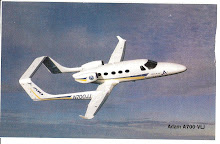




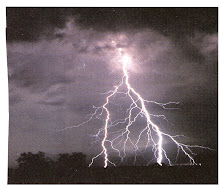

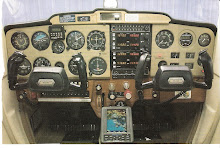
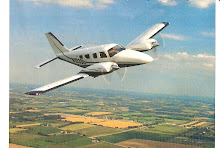
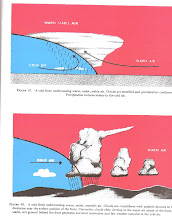
No comments:
Post a Comment